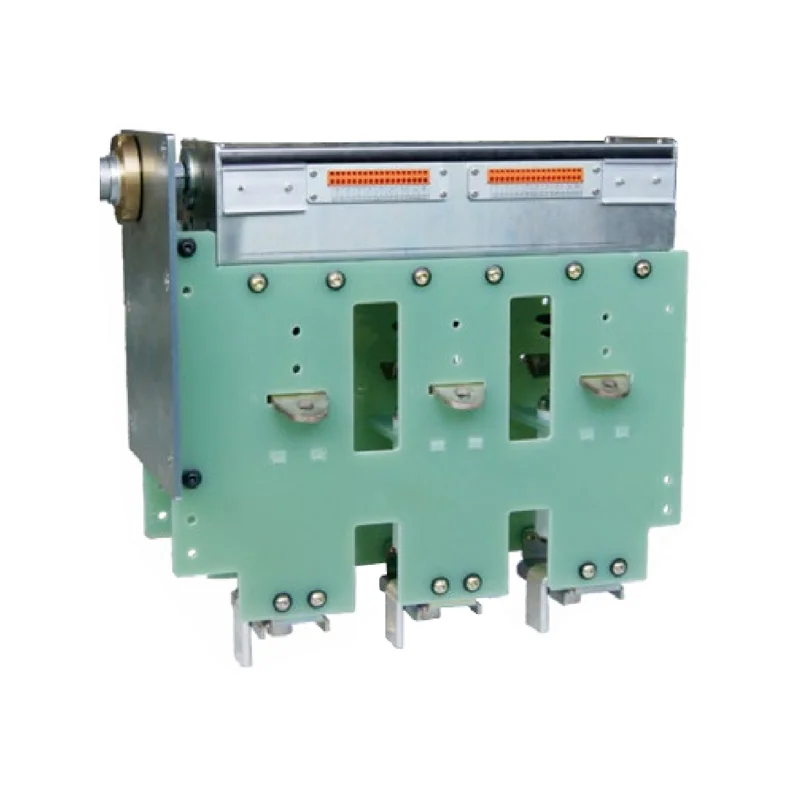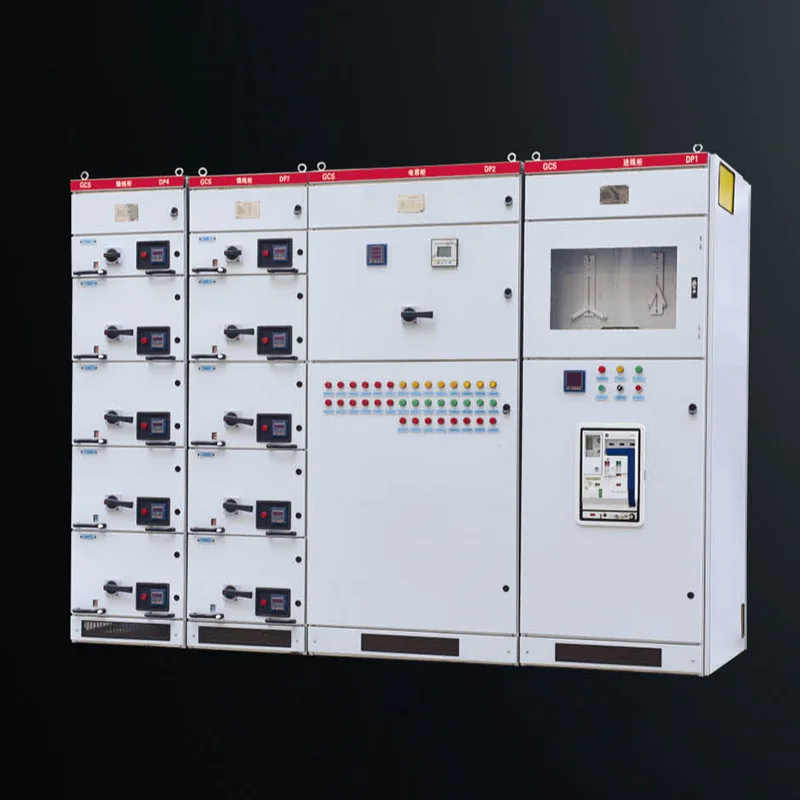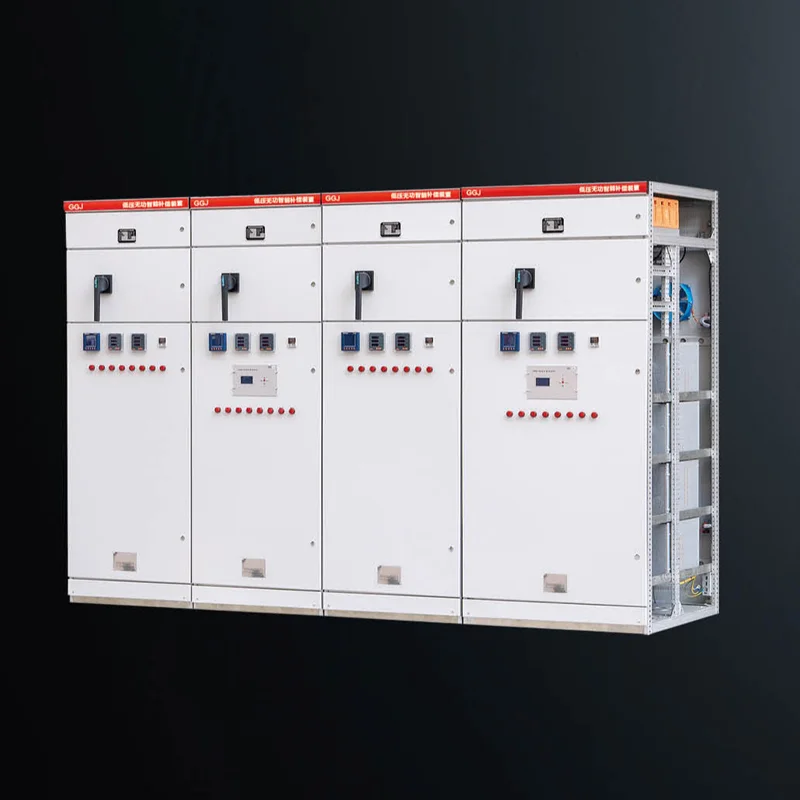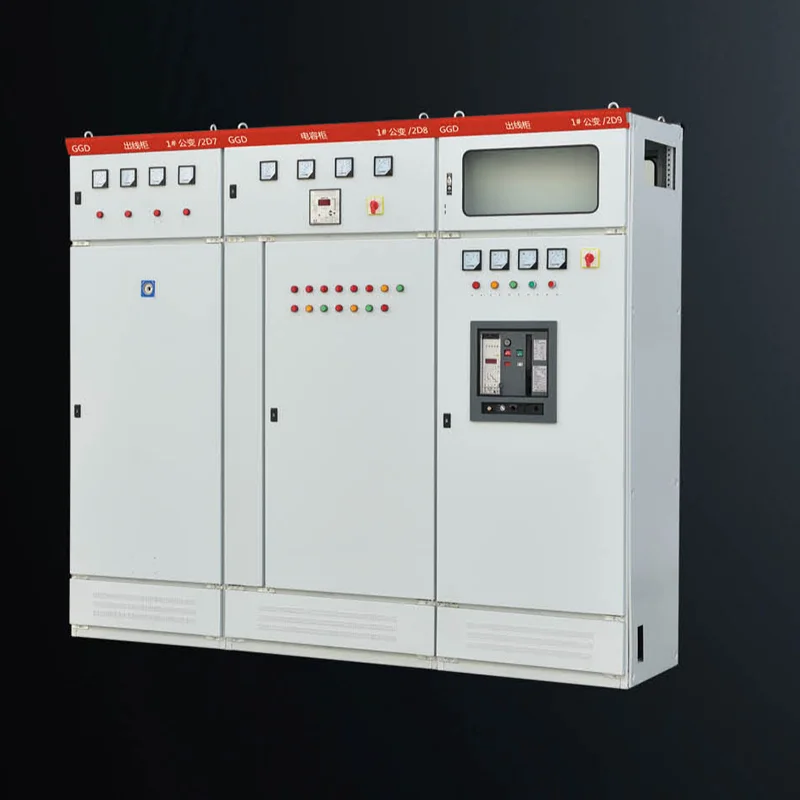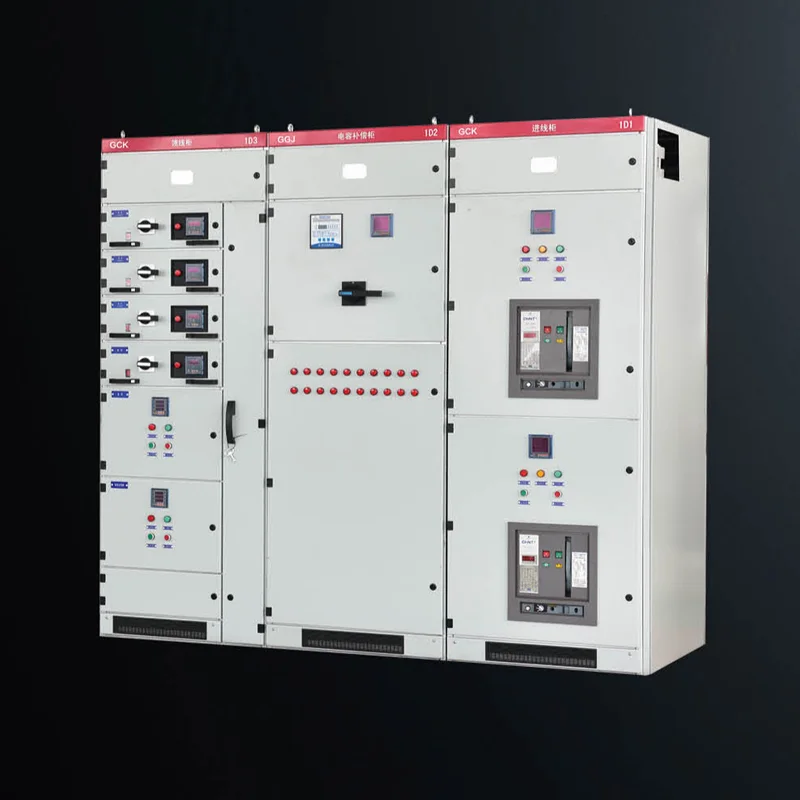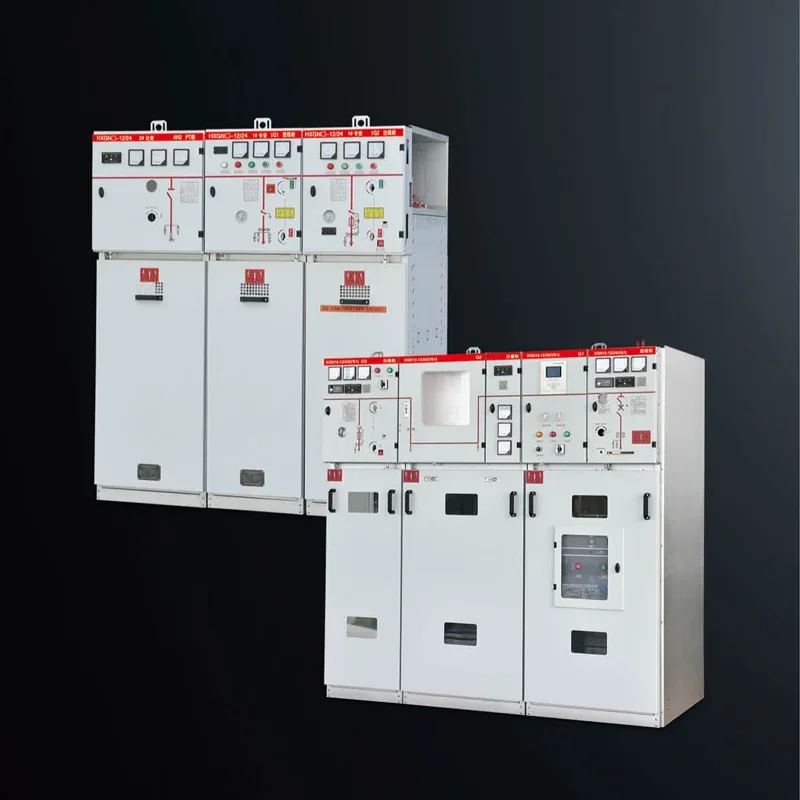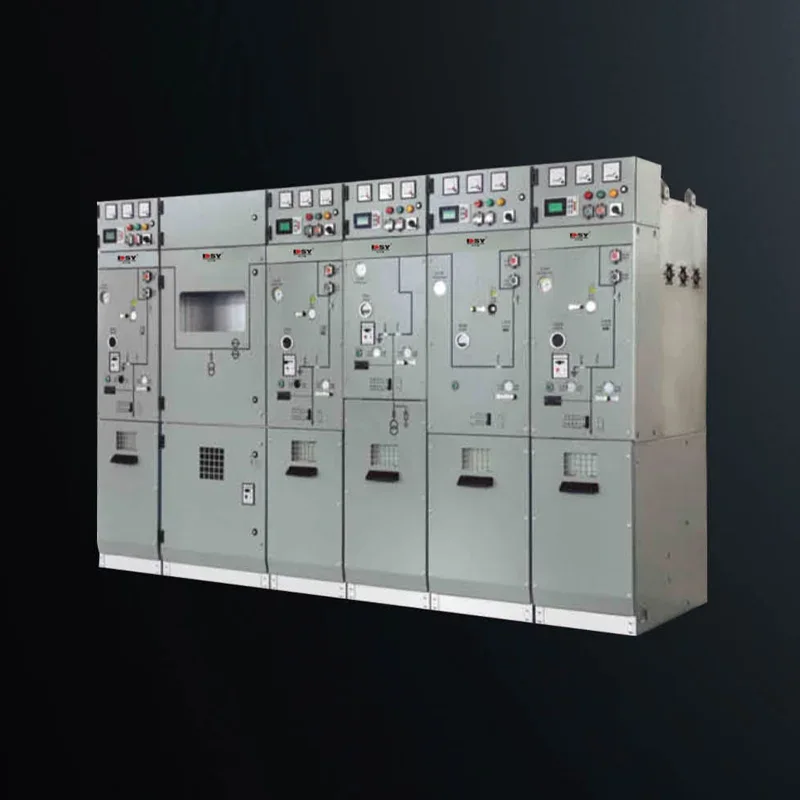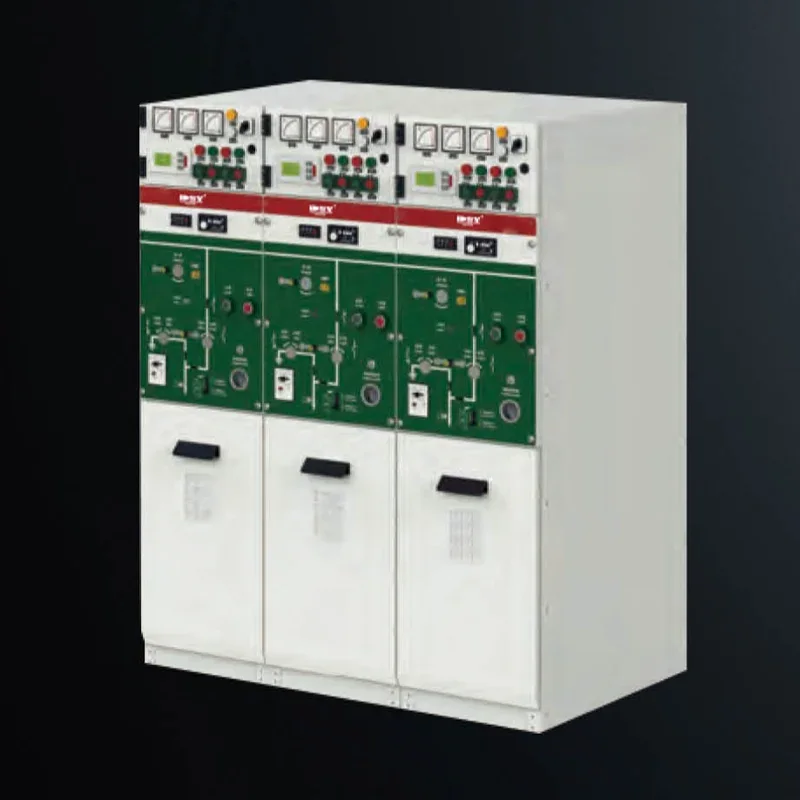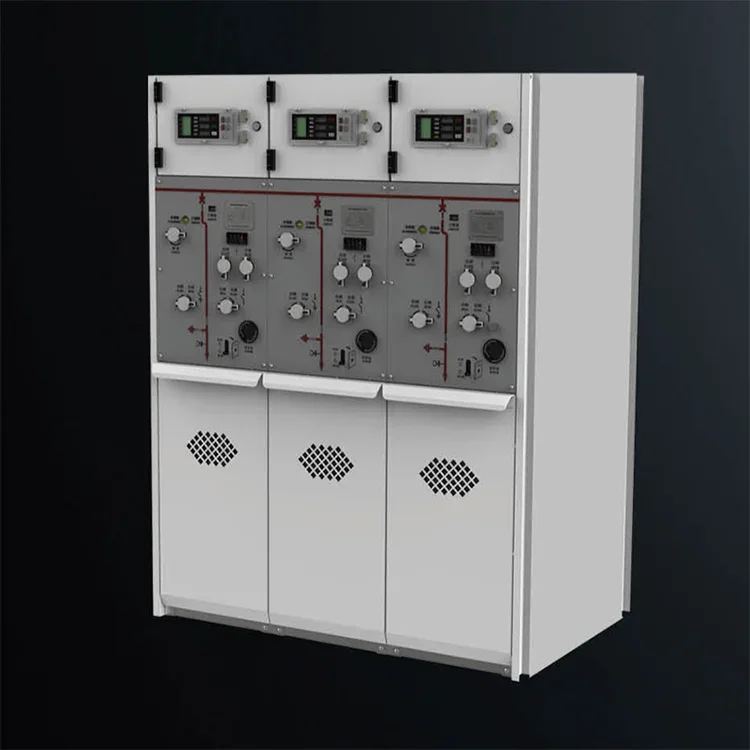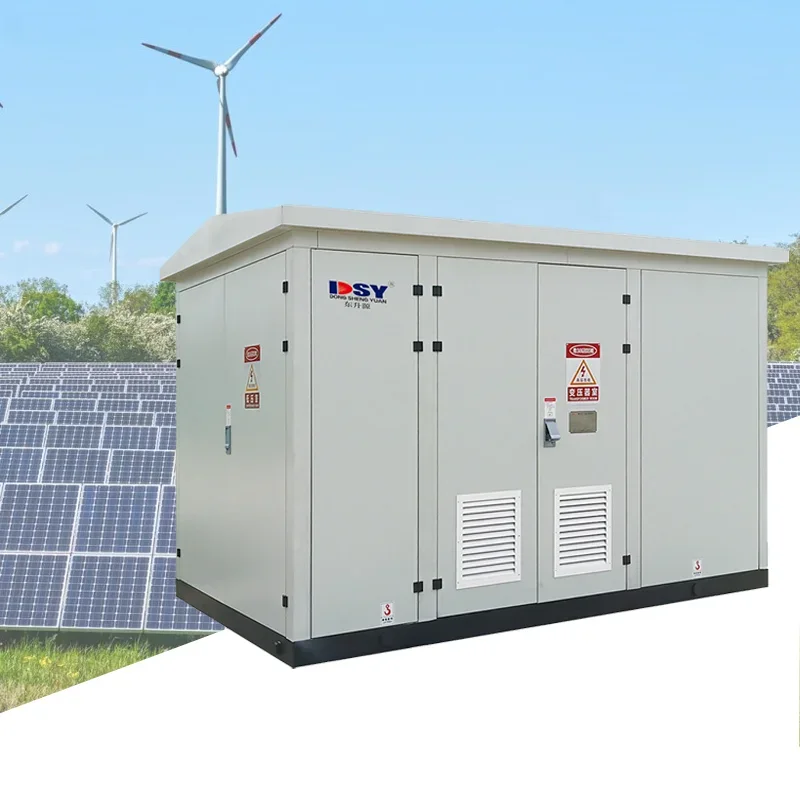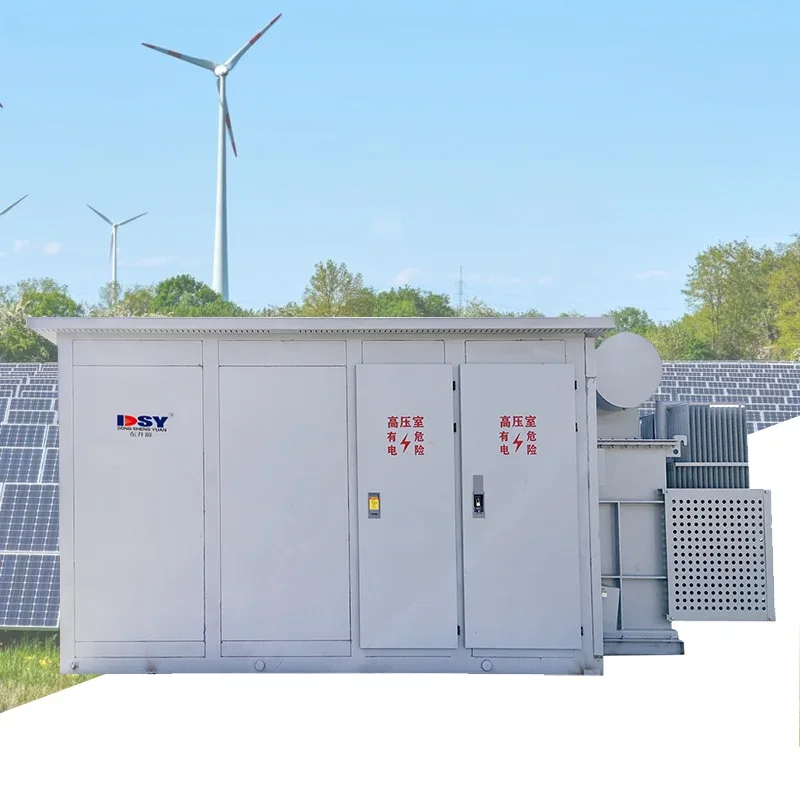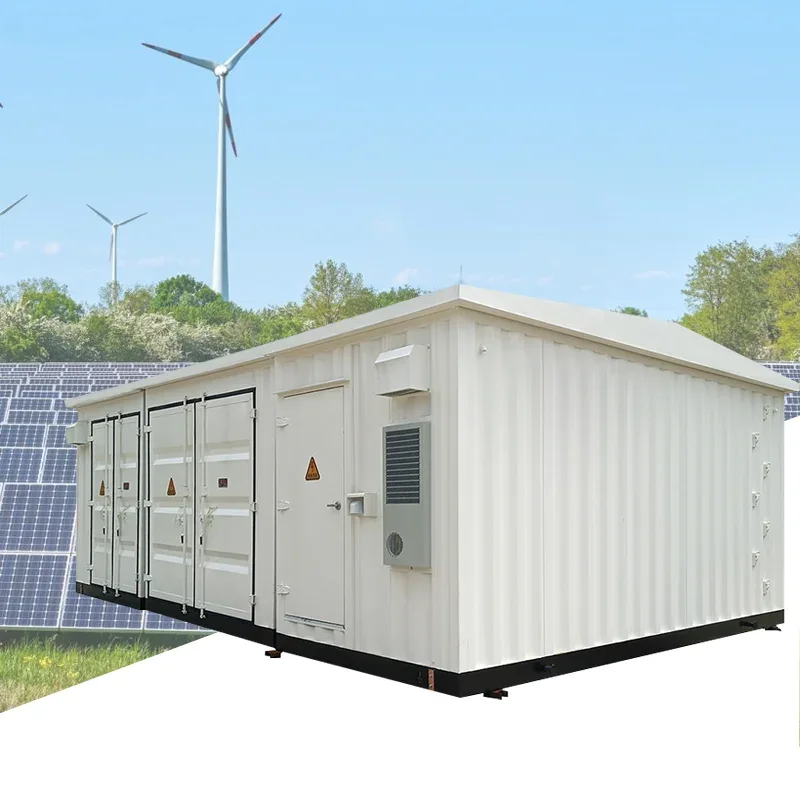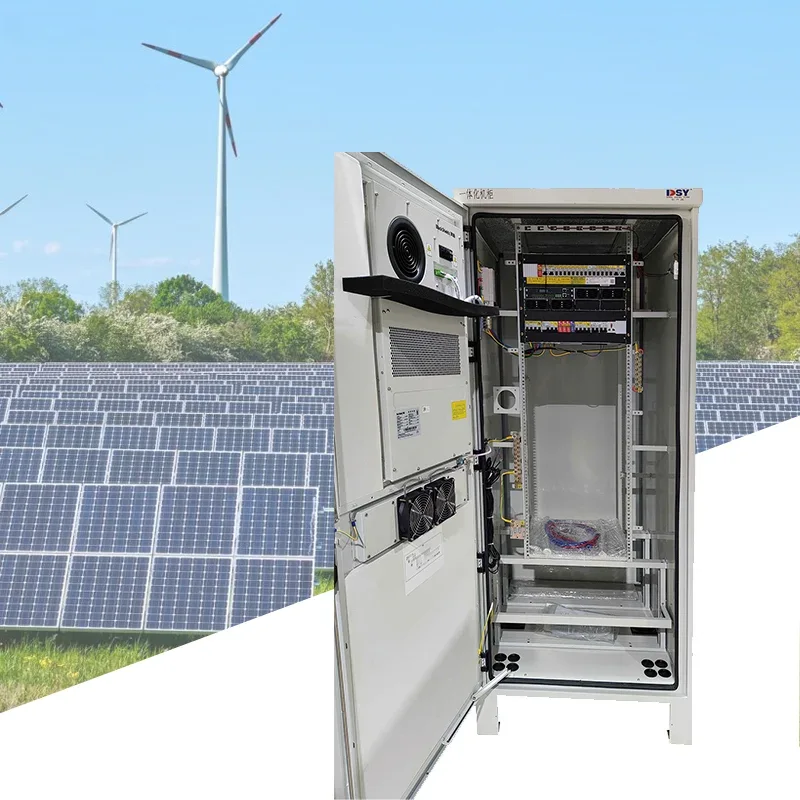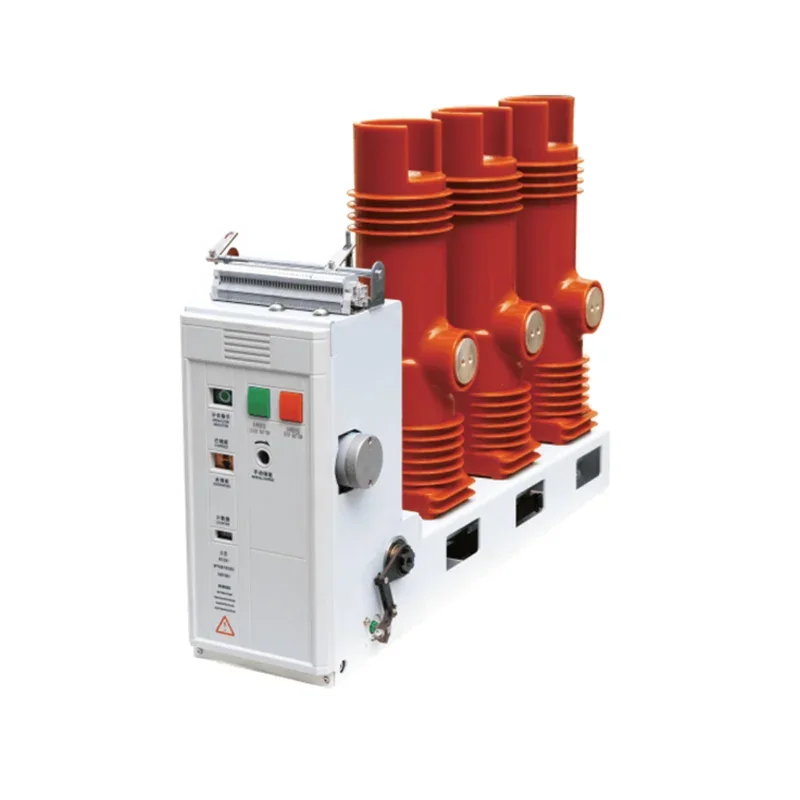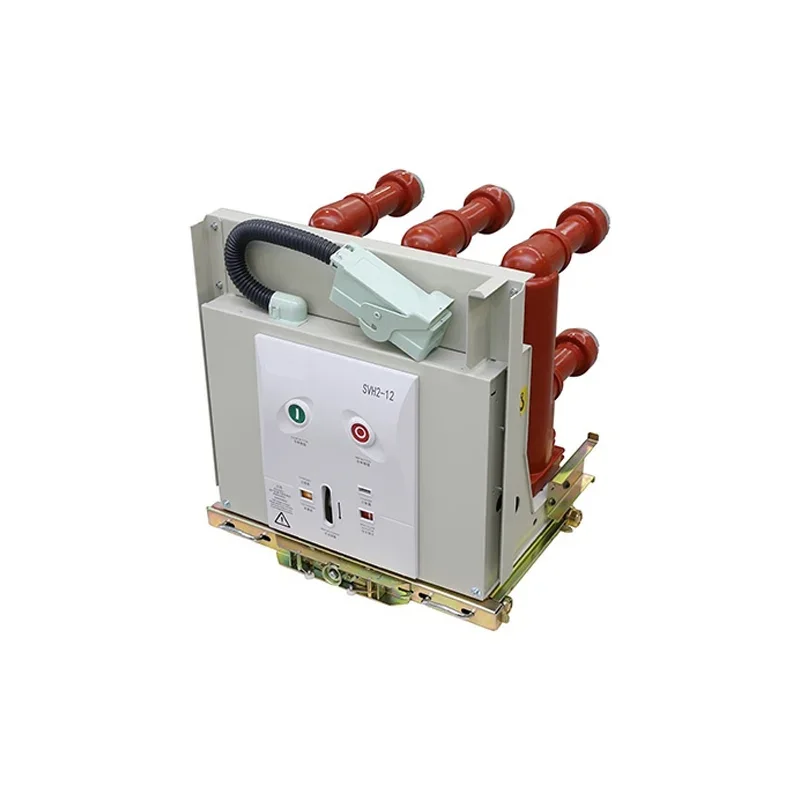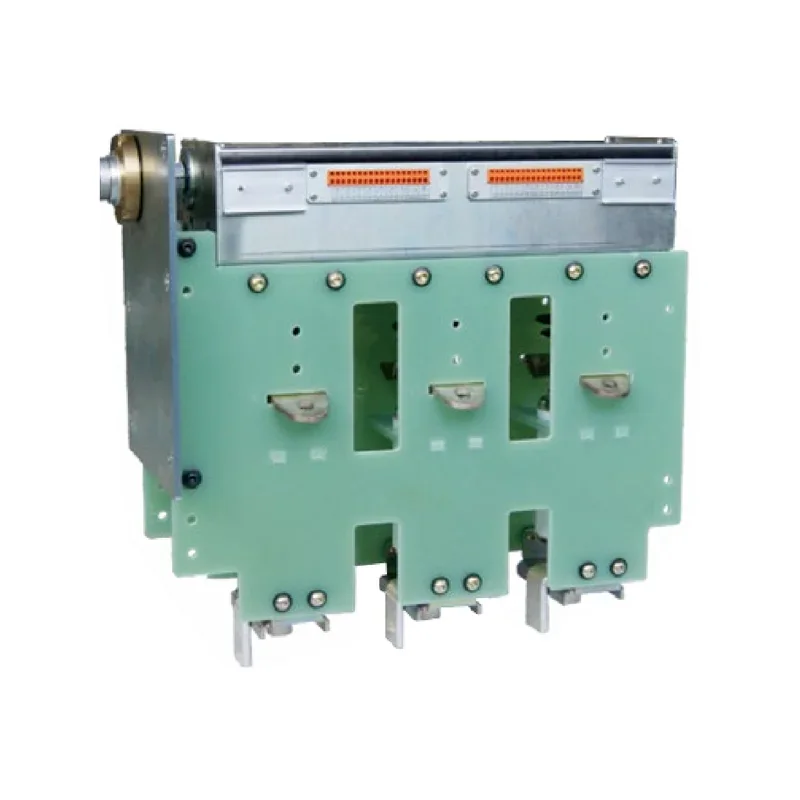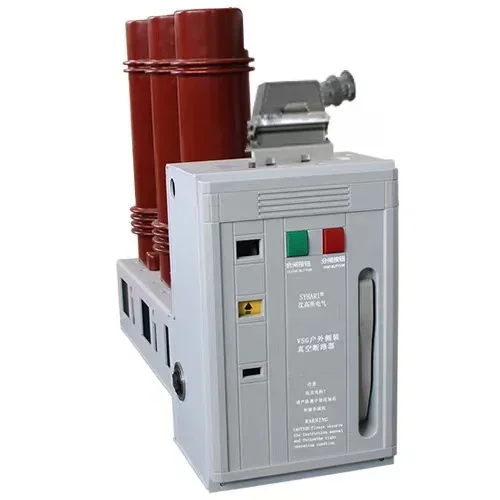Understanding Air Insulated Switchgear: A Comprehensive Overview
Air Insulated Switchgear (AIS) plays a critical role in the electrical engineering industry, particularly in substations and power distribution systems. This technology is designed to manage and distribute electrical power safely and efficiently. AIS utilizes air as the primary insulation medium, which helps reduce the risk of electrical faults, improve safety, and facilitate maintenance. This art
Jul 12,2025
One of the defining features of air insulated switchgear is its straightforward design. Unlike gas-insulated switchgear (GIS), which uses gas as insulation and requires complex construction, AIS primarily relies on ambient air. This not only simplifies the design but also makes the installation process less complicated. As a result, air insulated switchgear is often considered an economical choice for various power distribution projects. The modular design of AIS allows for flexible configurations, making it adaptable to different voltage levels and load requirements.
One of the most significant advantages of air insulated switchgear is its robustness. The use of air as an insulator minimizes the risk of dielectric breakdown, which can lead to catastrophic failures. Furthermore, the open design of AIS allows for better heat dissipation, enhancing its operational reliability under various environmental conditions. Regular maintenance is also more straightforward, as the components are easily accessible, which reduces downtime and enhances the overall efficiency of power distribution systems.
Another key benefit of air insulated switchgear is its environmental friendliness. Compared to gas-insulated alternatives, AIS does not contain potentially harmful gases, making it a more sustainable option for modern electrical infrastructure. This characteristic aligns with global efforts to reduce carbon footprints and promote eco-friendly technologies in the energy sector.
The applications of air insulated switchgear are extensive. It is commonly used in substations, industrial plants, and renewable energy installations, such as solar and wind farms. As the demand for reliable and efficient energy distribution continues to grow, the role of AIS will become increasingly significant in meeting the needs of modern electrical networks.
In conclusion, air insulated switchgear represents a crucial innovation in the electrical engineering industry. Its simple design, enhanced safety features, environmental benefits, and versatility make it an attractive option for a wide range of applications in power distribution. As the industry evolves, AIS will likely remain a fundamental component in achieving efficient and reliable energy solutions. Understanding the features and benefits of air insulated switchgear can empower professionals in the field to make informed decisions regarding their electrical infrastructure needs.
PREVIOUS:
Related News
From June 5th to 8th, 2025, Shenzhen Dongshengyuan Electrical Equipment Co., Ltd. (hereinafter referred to as "Dongshengyuan Electric") participated in the Southeast Asia Electricity and Energy Exhibition (SEAPAE) held in Jakarta, Indonesia. During the exhibition, the company highlighted its three core product lines: high-voltage and low-voltage distribution switchgear, intelligent circuit breakers, and environmentally friendly load switches. These products are designed to provide targeted solutions for the high temperature and high humidity environments commonly found in Southeast Asia, as well as the growing demand for new energy access. They have successfully attracted over 200 industry customers for business negotiations.
The difference between circuit breakers and vacuum circuit breakers
Circuit breaker is an abbreviation for pole type circuit breaker. Circuit breakers are also vacuum circuit breakers

